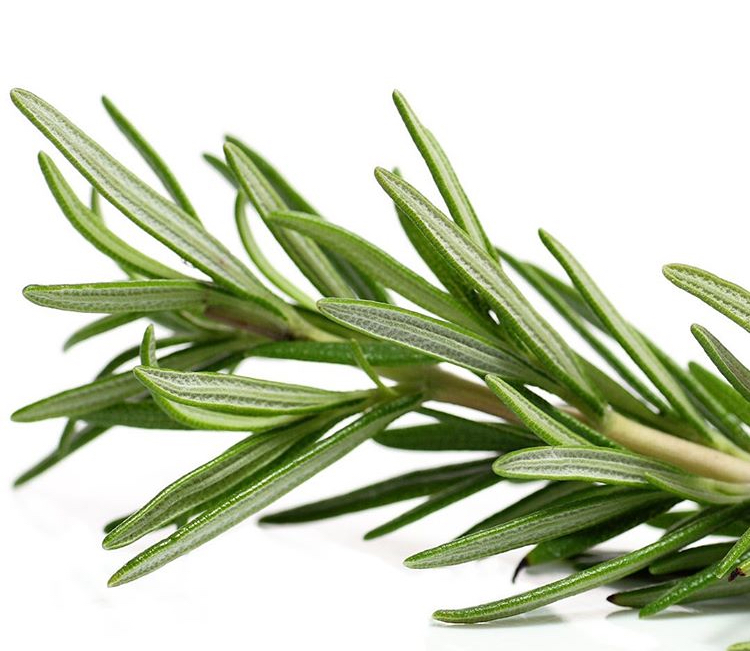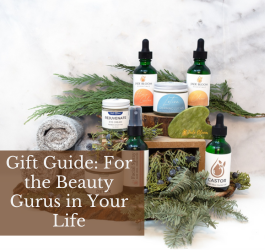We are determined to bring clarity to claims about the benefits of an essential oil. You hear all of the time that “This oil helps with this ailment”, or “This oil does this thing”… But what we want to know is WHY?
Let’s break this bad boy down piece by piece.
Rosemary is made up of a few key chemical constituents and each play a role in the oil's overall health benefits. Those constituents are as follows:
Alpha Pinene: This is responsible for the anti-inflammatory, anti-septic, & expectorant properties. It is also a bronchodilator (a drug that causes widening of the bronchi, e.g., any of those taken by inhalation for the alleviation of asthma).
Camphor: This constituent is a Cough suppressant, Decongestant, Febrifuge (lowers body temperature), Anesthetic, Antimicrobial, and is also an Anti-Inflammatory.
1,8-Cineol: Responsible for the oil being an Analgesic (pain relief), Anti-bacterial, Anti-fungal, Anti-inflammatory, Anti-spasmodic (used to relieve muscle spasms), and an Anti-viral.
Camphene: This little guy is a Anti-oxidant and an Anti-inflammatory.
Limonene: Referred to as a Psychostimulant (stimulates the nervous system), an appetite suppressant, and also helps to detoxify.
Linalool (say it, it’s fun!): This is a Sedative, it acts as an Anti-inflammatory, Anti-anxiety, and Analgesic.
There you have it. When you zoom in, you can see that an essential oil is made up of microscopic tools that all serve a particular purpose, and now you know what Rosemary's tools are!
Love learning about essential oils, carrier oils, hydrosols, and natural products? Join our Jade Bloom Essentials - Official Oil Usage Group for more information on YOUR favorite natural health solutions!








